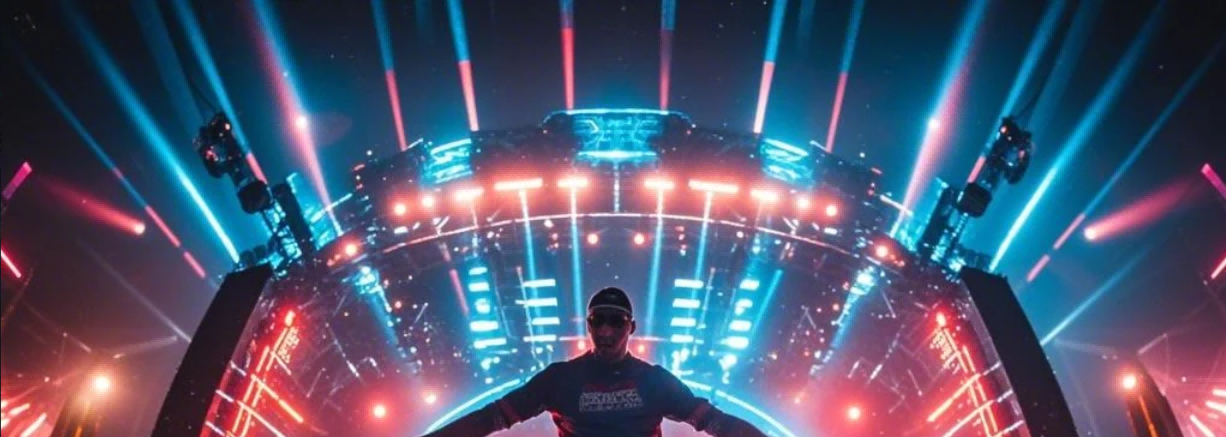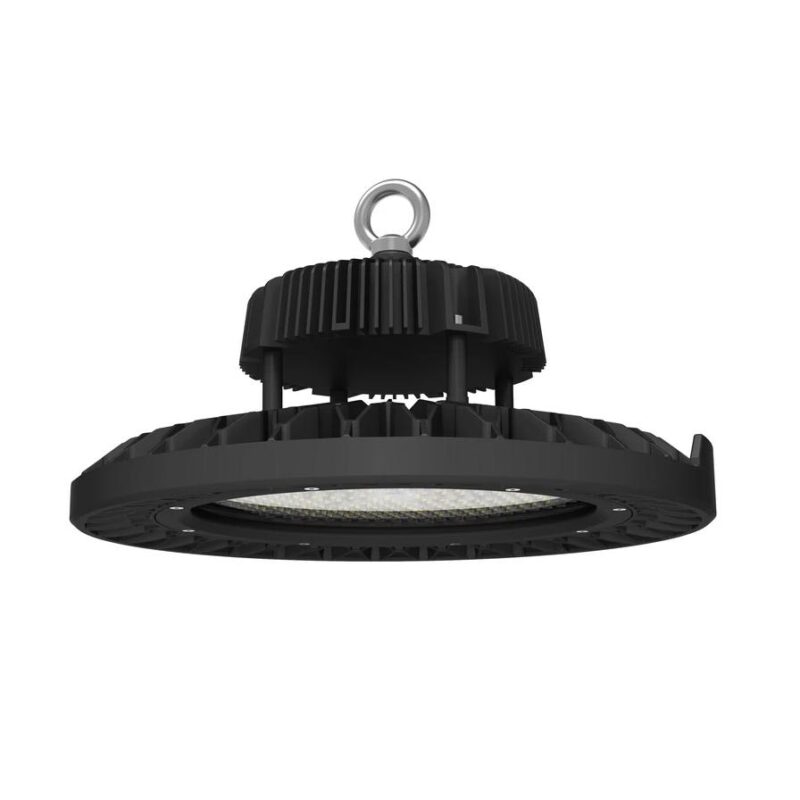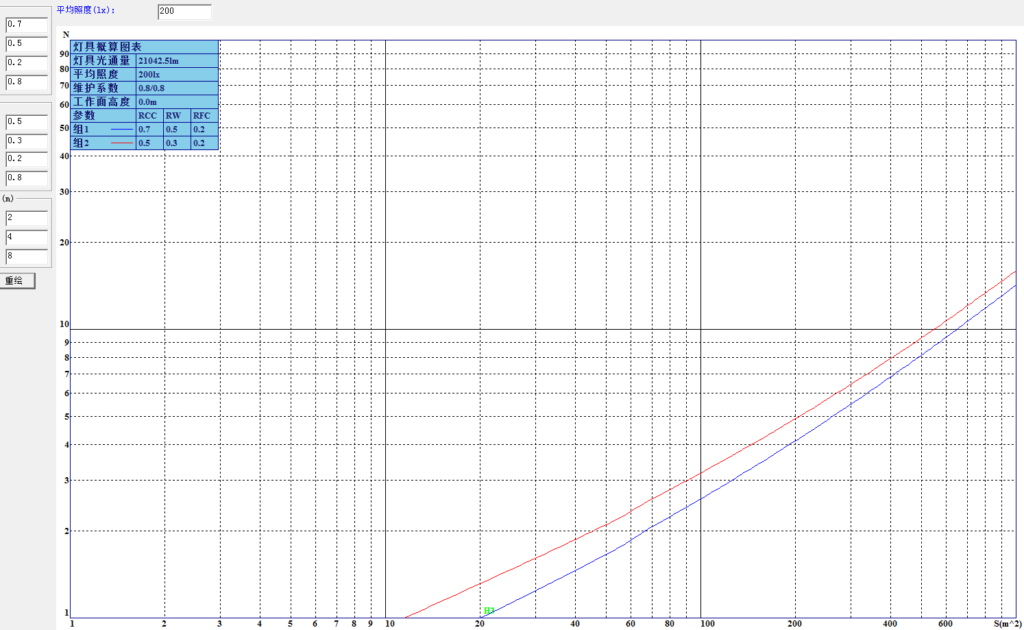ما هي القوة الكهربائية المكافئة لمبة LED؟ دليل شامل

جدول المحتويات
-
مقدمة عن القوة الكهربائية لمبة LED واللمبات (LED) واللمعات
-
فهم معادلات القوة الكهربائية لمصابيح LED
-
ماذا تعني القوة الكهربائية في إضاءة (ليد)؟
-
علم القوة الكهربائية للمبة LED مقابل القوة الكهربائية للمبة المتوهجة
-
مكافئات القوة الكهربائية لمصابيح LED لأنواع المصابيح الشائعة
-
مكافئ الصمام الثنائي الباعث للضوء 40 وات
-
60 واط مكافئ LED 60 واط
-
مكافئ الصمام الثنائي الباعث للضوء (LED) بقدرة 75 وات
-
مكافئ الصمام الثنائي الباعث للضوء (LED) بقدرة 100 واط
-
مكافئ الصمام الثنائي الباعث للضوء (LED) 150 واط
-
كيفية تحويل المصابيح المتوهجة إلى مصابيح LED
-
مخطط تحويل القوة الكهربائية لمبة LED
-
ما هو مكافئ الصمام الثنائي الباعث للضوء (LED) 9 وات إلى المصابيح المتوهجة؟
-
مقارنة مصابيح LED بالمصابيح المتوهجة ومصابيح التنجستن
-
الاختلافات الرئيسية في كفاءة الطاقة والسطوع
-
لمبة التنغستن مقابل لمبة LED
-
اختيار القوة الكهربائية LED المناسبة للمساحة الخاصة بك
-
كيفية اختيار المثالي لومن لمبة LED لاحتياجاتك
-
دليل إلى لمبات LED منخفضة القوة الكهربائية
-
فوائد لمبات LED: الكفاءة وطول العمر
-
لماذا لمبات إضاءة LED منخفضة القوة الكهربائية توفير المال والطاقة
-
دور منتجات إضاءة (ليد ريثم) LED
-
القوة الكهربائية لمبة LED: الخرافات الشائعة والأسئلة الشائعة
-
هل لمبات LED ساطعة بالفعل مثل المتوهجة؟
-
كيفية الاختيار بين لمبات LED بقوة 40 واط و60 واط و100 واط
-
مستقبل تقنية LED والإضاءة بمصابيح LED
-
الخاتمة والملخص
11- الأسئلة المتداولة حول مصابيح LED
لقد تغيرت الإضاءة بالكامل لأن تقنية LED يتفوق على الأداء التقليدي المصابيح الكهربائية المتوهجة من حيث الأداء وطول العمر وكفاءة الطاقة. "ما هي القوة الكهربائية المكافئة لمصابيح LED؟" من أكثر الاستفسارات التي يطرحها المستهلكون.
يغطي هذا الدليل مواضيع مهمة مثل مكافئات لمبات LED بقدرة 40 واط و60 واط و75 واط و100 واط و150 واطكيفية التحويل من متوهج إلى صمام ثنائي باعث للضوءوجميع المعلومات التي تحتاجها بخصوص القوة الكهربائية واللومن.
سواء كنت تقوم باستبدال لمبات التنغستنتبحث عن لمبات LED منخفضة القوة الكهربائيةأو البحث عن حلول إضاءة عالية الكفاءة، فهذه المقالة تحتوي على كل ما تحتاج إليه. سنستكشف أيضًا ميزات منتجات إضاءة المصابيح من LedRhythm وسبب كونها مثالية للاستخدامات الصناعية أو المكتبية أو السكنية.
لمحة موجزة عن لمبات LED ذات اللمبات والقدرة الكهربائية
لأن تقنية LED يختلف عن التقليدي المصابيح المتوهجة، غالبًا ما يثير التحول إلى مصابيح LED مخاوف بشأن القوة الكهربائية. لتحقيق السطوع نفسه (يقاس باللومن)، تستخدم مصابيح LED طاقة أقل بكثير (تقاس بالواط).
على سبيل المثال مكافئ الصمام الثنائي الباعث للضوء (LED) 9 وات يمكن أن توفر ما يصل إلى 851 تيرابايت 3 تيرابايت من الطاقة التي يستخدمها لمبة متوهجة 60 وات.
في هذه المقالة، سنقوم بتحليل مختلف مكافئات الصمام الثنائي الباعث للضوء LED بالواطمثل لمبات LED بقدرة 5 وات و10 وات و40 وات و100 واتلمساعدتك في اختيار أفضل لمبة تناسب احتياجاتك. سنسلط الضوء أيضًا على منتجات إضاءة المصابيح من LedRhythmالتي تجمع بين التكنولوجيا المتطورة وكفاءة الطاقة الاستثنائية.
دليل شامل لمكافئات القوة الكهربائية لمصابيح LED
ماذا تعني القوة الكهربائية لإضاءة LED؟
في لمبات الإضاءة التقليدية مثل الهالوجين والمصابيح المتوهجة، تشير القوة الكهربائية مباشرةً إلى السطوع. ومع ذلك، مع مصابيح LED، تقيس القوة الكهربائية استخدام الطاقة، بينما لومن قياس السطوع.
| لومن (السطوع) | نوع المصباح الشائع | القوة الكهربائية (W) |
|---|---|---|
| 400-500 | LED (ما يعادل 40 واط) | 5W-7W |
| 800-900 | LED (ما يعادل 60 واط) | 9W-10W |
| 1200-1400 | LED (مكافئ 75 واط) | 13W-15W |
| 1600-1800 | LED (مكافئ 100 واط) | 18 وات - 20 وات |
| 2400+ | LED (ما يعادل 150 واط) | 30W+ |
القوة الكهربائية لمبة LED مقابل اللمبة المتوهجة: علم
توفر مصابيح LED نفس درجة السطوع التي توفرها لمبات التنغستن أو المصابيح الكهربائية المتوهجة مع استهلاك جزء بسيط فقط من الطاقة، مما يجعلها ذات كفاءة عالية. على سبيل المثال:
-
A لمبة متوهجة 60 وات مكافئ ل 9 واط LED.
-
A لمبة متوهجة 100 واط مكافئ ل 18 واط LED.
التحويل إلى إضاءة LED توفر الطاقة وتقلل من تكاليف الكهرباء وتضمن لمبات تدوم طويلاً.
القوة الكهربائية لمصابيح LED لأنواع المصابيح الشائعة
مكافئ 40 واط ليد 40 واط
A لمبة LED بقدرة 5 وات - 7 وات يستبدل بـ لمبة متوهجة 40 واتتوفر السطوع نفسه مع استخدام طاقة أقل بكثير.
-
مثالية لـ إضاءة مميزة أو إضاءة المهام.
60W LED قابل للمقارنة
A لمبة LED بقوة 9 وات هو بديل شائع ل لمبة متوهجة 60 واتتوفر 800 لومن من السطوع.
-
مثالي لـ الإضاءة العامة.
مكافئ الصمام الثنائي الباعث للضوء 75 وات
A لمبة LED بقوة 13 واط - 15 واط توفر من 1200 إلى 1400 لومن، مما يجعلها بديلاً مناسبًا لـ لمبة متوهجة بقوة 75 وات.
مكافئ الصمام الثنائي الباعث للضوء 100 واط
أن لمبة LED بقوة 18 واط - 20 واط الذي ينتج أكثر من 1600 لومن هو بديل رائع ل لمبة متوهجة 100 واط لمساحات أكثر إشراقاً
مكافئ 150 واط LED 150 واط
بالنسبة للغرف الكبيرة أو التطبيقات الصناعية، فإن لمبة LED بقدرة 30 واط+30 واط يستبدل بـ لمبة متوهجة 150 واطتوفر سطوعًا استثنائيًا.
تحويل المصابيح المتوهجة إلى مصابيح LED
يعد التحويل إلى مصابيح LED أمرًا بسيطًا بمجرد أن تفهم القوة الكهربائية واللومن. إليك مخطط تحويل سريع:
| القوة الكهربائية لمصابيح LED | القوة الكهربائية المتوهجة | لومينز |
|---|---|---|
| 5W-7W | 40W | 400-500 لومن |
| 9W-10W | 60W | 800-900 لومن |
| 13W-15W | 75W | 1200-1400 لومن |
| 18 وات - 20 وات | 100W | 1600-1800 لومن |
| 30W+ | 150W | أكثر من 2400 لومن |
مقارنة بين مصابيح LED والمصابيح المتوهجة ومصابيح التنغستن
كفاءة الطاقة والسطوع
-
مصابيح LED تدوم 25 مرة أطول ب 25 مرة وتستهلك طاقة أقل بمقدار 75% من المصابيح المتوهجة.
-
لمبات التنغستنبالمقارنة، تنبعث منها حرارة أكثر من الضوء، مما يجعلها أقل فعالية.
لمبة التنجستن مقابل لمبة LED
-
لمبات التنغستن تستهلك طاقة أكبر ولها عمر افتراضي أقصر من مصابيح LED.
-
مصابيح LED مثالية للاستخدام على المدى الطويل، حيث تنتج ضوءًا أكثر سطوعًا مع حرارة أقل.
اختيار القوة الكهربائية LED المناسبة لمنطقتك
عند اختيار لمبات LED، ضع في اعتبارك حجم المساحة والغرض منها:
-
غرف المعيشة: الاستخدام معادلات LED بقدرة 60 وات للإضاءة الخافتة والمحيطة.
-
المطابخ والمكاتب: الاستخدام مكافئات مصابيح LED بقدرة 100 وات للإضاءة الساطعة للمهام الساطعة.
-
المساحات الخارجية: الاستخدام مكافئات مصابيح LED بقدرة 150 وات للأضواء الكاشفة أو الإضاءة الأمنية.
مزايا مصابيح LED: طول العمر والكفاءة
لماذا تختار مصابيح LED؟
-
توفير الطاقة: لمبات LED تستهلك طاقة أقل بكثير، مما يقلل من تكاليف الكهرباء.
-
عمر طويل: يمكن أن تدوم مصابيح LED حتى 50,000 ساعةوتقليل عمليات الاستبدال إلى الحد الأدنى.
-
صديقة للبيئة: استخدام أقل للطاقة يقلل من انبعاثات الكربون.
منتجات إضاءة ليد ريثم
ليد ريثم توفر لمبات LED عالية الجودة مع سطوع وكفاءة مذهلين. اطلع على مجموعة منتجاتها الكاملة هنا.
إضاءة LED ومستقبل التكنولوجيا
مع تطور تكنولوجيا مصابيح LED، يستمر ظهور حلول أكثر ذكاءً وفعالية. من لمبات LED منخفضة القوة الكهربائية إلى متقدم أنظمة الإضاءة الذكية، فإن مستقبل الإضاءة مشرق.
الملخص والخلاصة
التحويل إلى إضاءة LED هي إحدى أبسط الطرق لتوفير الطاقة وخفض التكاليف. من خلال فهم معادلات القوة الكهربائية لمصابيح LEDيمكنك بكل ثقة اختيار اللمبة المثالية لاحتياجاتك.
استكشف خيارات إضاءة LED من ليد ريثم للحصول على أعلى أداء وكفاءة في استهلاك الطاقة.
لمزيد من المعلومات، راجع مقالاتنا ذات الصلة:
دعنا ليد ريثم أرشد رحلتك نحو مستقبل أكثر إشراقاً وكفاءة في استخدام الطاقة!
الأسئلة المتداولة حول لمبات LED
-
ما هي القوة الكهربائية المكافئة لمصباح LED بقوة 60 وات؟
A 60 وات LED مكافئ 60 وات يستهلك المصباح فقط 8-10 وات مع توفير السطوع نفسه. -
هل يمكن استبدال لمبة متوهجة بقوة 100 وات بمصباح LED؟
نعم، أ 100 وات LED مكافئ 100 واط يستهلك حوالي 15-20 وات وتوفر نفس السطوع. -
هل مصابيح LED منخفضة القوة الكهربائية ساطعة مثل المصابيح المتوهجة؟
نعم، بفضل ناتج التجويف العالي الذي تتميز به، حتى أن 4 وات ليد 4 وات يمكن أن تتطابق مع سطوع لمبة متوهجة 40 وات.








